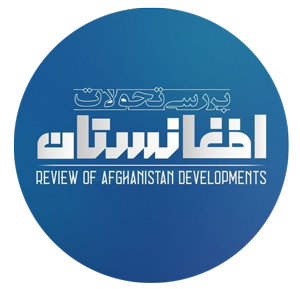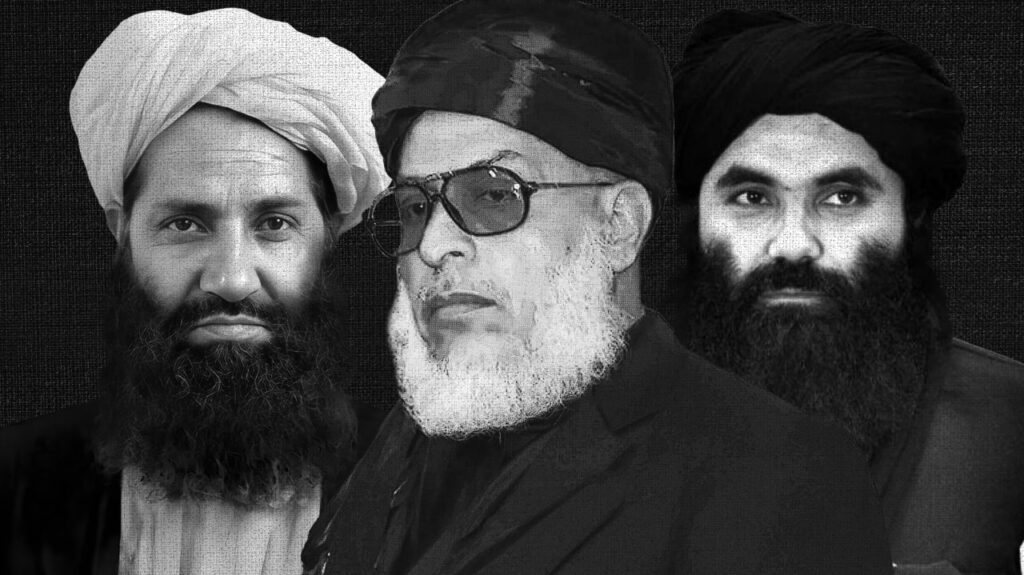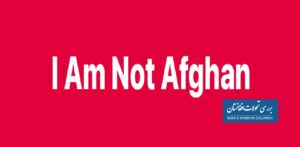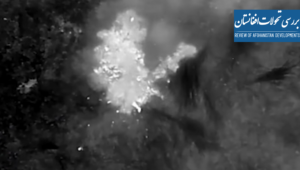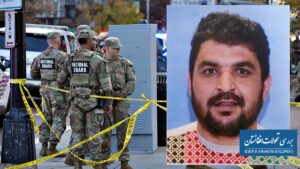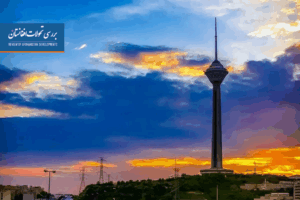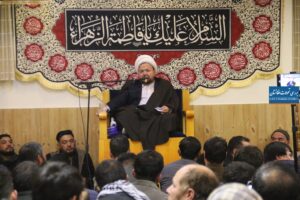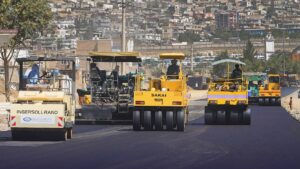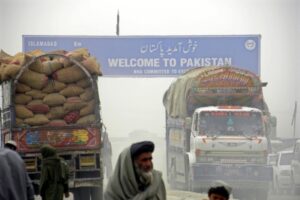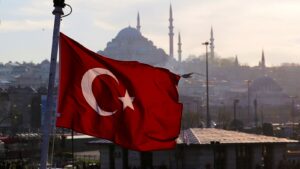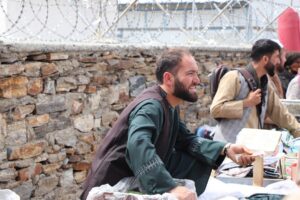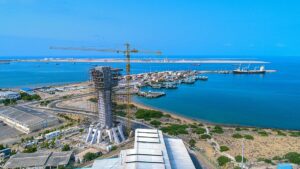Review of Afghanistan developments
Speculations regarding the situation in Afghanistan and the future of the Taliban government have been shaped by media speculation and conspiracy theories propagated by the government’s adversaries. A scholarly perspective necessitates that the analysis of ongoing developments and the potential future of the Taliban government be approached independently of these biases and grounded in empirical research and scientific methods.
The future of the Taliban government is confronted with two theoretical challenges. The first challenge is the inherent uncertainty of future predictions. The second challenge arises from the historical context of the last century in Afghanistan, which illustrates that the country’s developments often surpass expert forecasts and are shaped by unexpected occurrences.
To put it differently, in addition to the concrete and easily grasped factors, there are underlying and intangible influences that play a role in the developments occurring in Afghanistan, which can lead to surprising outcomes.
The unpredictable trajectory of Afghanistan’s future can largely be attributed to the varying strength of its sovereignty when confronted with external changes and transformations. Historically, from the colonial period through the Cold War and into the post-Cold War era, Afghanistan has suffered as a result of geopolitical maneuvering.
One approach to envisioning the future of the Taliban government is through scenario writing. This article investigates the potential trajectories of the Taliban regime, delineating three possible scenarios based on this analysis.
Scenario One: Continuation of the Status Quo
One possible future scenario for the Taliban government is the continuation of the current situation, which has persisted for the last three and a half years. The Taliban’s uncontested governance, their military control throughout Afghanistan, the ineffectiveness and passivity of their opponents in military and diplomatic efforts, the dual practical engagements of various countries with the Taliban government, the adherence of Taliban members to their leader, the populace’s exhaustion and aversion to the prolonged conflict and war in Afghanistan, and other related elements indicate that the prospect of the status quo continuing is quite plausible.
However, a significant challenge to this scenario lies in the fact that the ongoing status quo is neither favorable nor constructive for the Afghan citizens or the Taliban leadership. The enduring caretaker government, the nonexistence of a constitution, the absence of international recognition for the Taliban, and various laws established by this government all converge to create a substantial stalemate concerning the future of the Taliban government.
The Taliban government has not undertaken any substantial initiatives to address these challenges in the past three years and appears unwilling to embrace the models of other Islamic nations. This ongoing situation reinforces the perception of the government’s lack of progress, significantly eroding social trust and hope. This may ultimately lead to a rise in public discontent and even discontent within the Taliban’s own ranks.
Scenario Two: Change from Within
The second scenario for the future of the Taliban government is identified as the scenario of internal change. This scenario illustrates the potential for dynamism and prosperity that can develop from within the government structure, positively impacting the surrounding environment. Such a message is both desirable and optimistic, as it signifies the inherent potential for growth and development within the caretaker government and its agents, thus making external intervention unnecessary. To realize this internal change, the Taliban government must undertake reformative actions concerning governance practices, the rights of ethnic groups and religions, the rights of women, access to education for girls, and the inclusion of national voices in political power.
Even though the notion of internal transformation is desirable, more than three years under Taliban leadership have shown no signs or evidence of a reconsideration of the issues highlighted earlier. The existing power dynamics within the structure, along with the Afghan populace, are viewed as essential and influential elements for initiating reform from within.
The most significant barrier to internal change within the Taliban government is the ideological faction centered in Kandahar, which resists gradual reforms that are necessary for modern times. This faction’s rigidity is rooted in two beliefs—one abstract and the other historical. Some members assert that the primary objective of creating an Islamic government is to enforce Sharia law, contending that their theological interpretation of Sharia should supersede any political considerations.
Based on this belief, the ideological faction of the Taliban holds that the laws they have enacted, including the restriction on girls’ education, are not only justified but also in harmony with sacred law. Some members of the group contend that the combination of Sharia law and tribal traditions reinforces their strict traditionalist approach, which is essential for garnering support from traditionalist people for the government’s legitimacy. They reflect on historical contexts, particularly the opposition faced by Amanullah Khan’s reformist government, which led to widespread dissatisfaction. Ultimately, ideological faction of Taliban asserts that their governance is fundamentally rooted in ideology and will endure through a commitment to these ideologies.
Scenario Three: Change from Outside
The third scenario regarding the future of the Taliban government considers the possibility of external-driven change. This scenario operates under the assumption that, although the Taliban government is currently the only option, it necessitates reforms that reflect the interests of certain nations. A significant element of this strategy involves the potential weakening, ousting, or modification of Mullah Hebatullah Akhundzada, who is the head of ideological faction. To implement this strategy, a segment of the Taliban that opposes the current regime must align with external forces to remove or alter the leadership of the Taliban.
Although some Western countries, in conjunction with a regional entity, may consider the removal of Mullah Hebatullah Akhundzada, the execution of such a plan appears to be both challenging and hazardous. In light of Mullah Hebatullah Akhundzada’s entrenched position and his significant spiritual influence among the Taliban, any attempt to alter the leadership of the Taliban government is likely to provoke conflict and war.
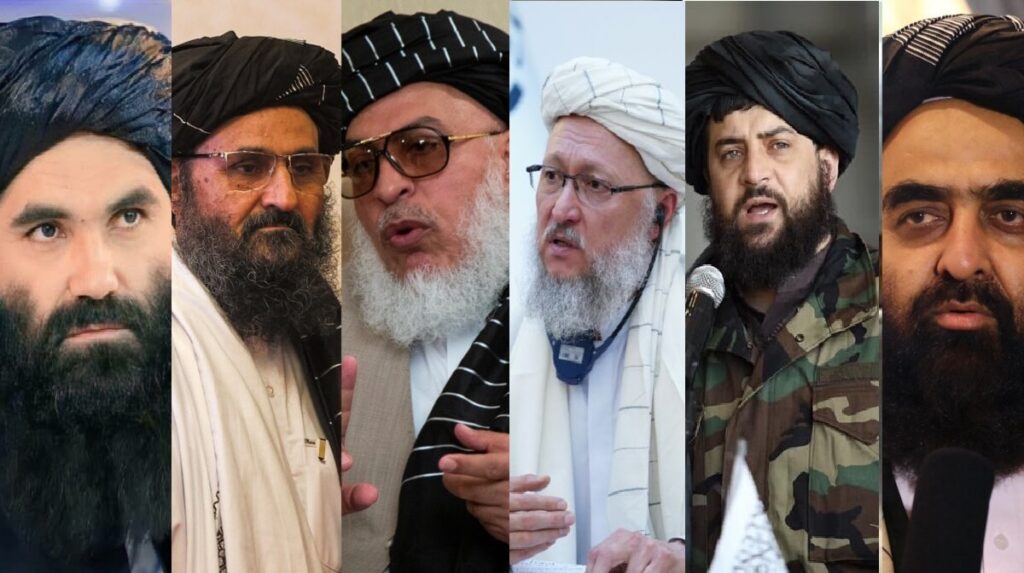
The chance of civil war under the scenario of external transformations
In the existing landscape, a scenario involving external change, supported by a faction of the Taliban that opposes the current regime, is plausible. This prompts the question: will the pragmatic faction of the Taliban act to alter or weaken the leadership of Mullah Hebatullah Akhundzada? If this were to happen, what would be the subsequent actions of the two factions? In response to this query, two potential scenarios can be considered.
The initial scenario suggests that the pragmatic faction of Taliban is aware that any changes or weakening of the leadership could plunge the government and the nation into an unpredictable situation, potentially resulting in the government slipping from Taliban authority. Given the presence of individuals and groups that oppose the government and aim to bring about the Taliban’s collapse, the pragmatic Taliban perceive changing or weakening their leadership as a considerable risk, leading them to refrain from such actions.
A further possibility is that those opposing the current government believe that the ongoing situation is a key factor in the government’s potential failure. To protect the government, they may initiate changes aimed at gaining control. However, to change leadership and reduce the ideological Taliban’s influence, support from a foreign power is essential. In such a scenario, the ideological Taliban would likely assert that the Islamic system is at risk. According to their ideological tenets, when the Islamic government is threatened, it becomes imperative to defend the Islamic system. Consequently, aggressors would be regarded as rebels, and their removal would be sanctioned by Sharia law, thereby legitimizing war and violence.
On a different note, the pragmatic faction within the Taliban will likely seek to validate their actions by asserting that they are fulfilling the expectations of the populace, using the stability of the Islamic government as a justification. In other words, it is anticipated that the pragmatic faction will argue that the ideological faction’s policies could lead to the deterioration of the Taliban government, which they view as harmful to society. This perspective may also resonate with Pashtun technocrats and various opponents of the government, potentially winning their support.
This scenario suggests that the participation of the pragmatic Taliban faction in efforts to overthrow and eradicate will trigger bloody conflicts for the future Taliban governance and the nation of Afghanistan.
The Final word
In relation to the future of the Taliban government, the first and third scenarios, although feasible, would have dire implications for the Afghan populace, the regional landscape, and even the international community. The third scenario, especially, presents alarming risks, likely prompting major powers to avoid it. Conversely, the second scenario, which suggests a change from within, lacks immediate prospects but remains an appealing option for the Taliban’s future governance.
Individuals opposing the government who seek foreign intervention to alter the current circumstances in Afghanistan, along with certain internal factions contemplating the future of the Taliban government, must recognize that external change is fraught with challenges and risks, potentially steering Afghanistan towards a scenario akin to civil war. Conversely, the harsh realities of Afghanistan demonstrate that foreign solutions and interventions do not yield lasting peace or meaningful reforms.
Given the fast-paced changes and dynamic developments in the international landscape, it is essential for the government, especially from Kandahar, to take proactive measures to avert a potentially hazardous scenario for the future of the Taliban government.
